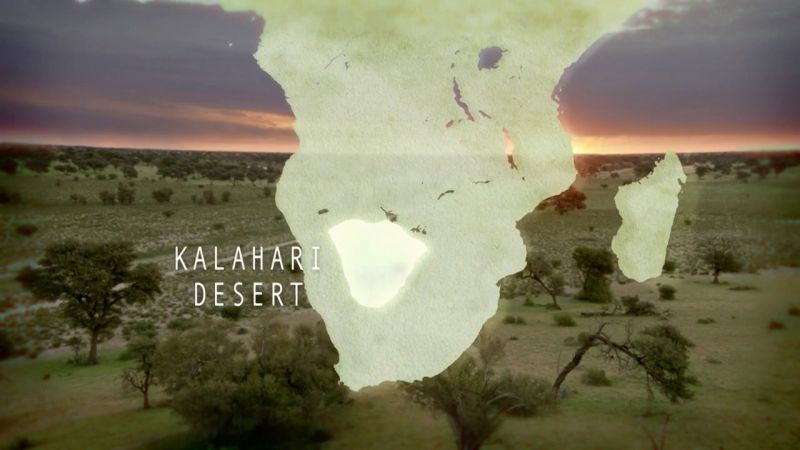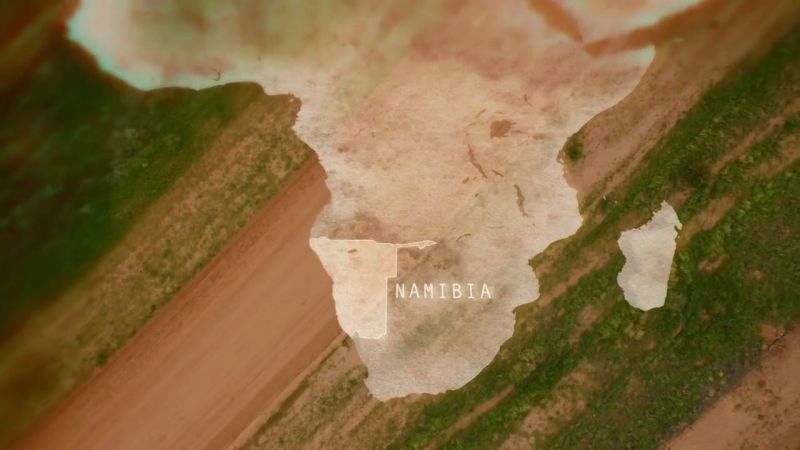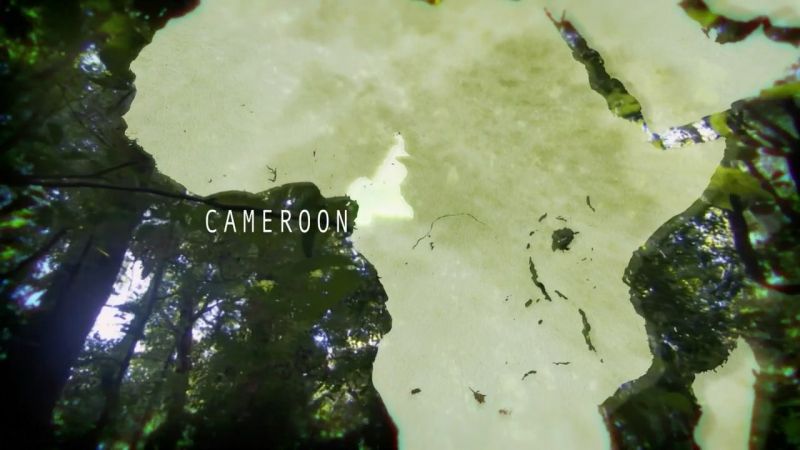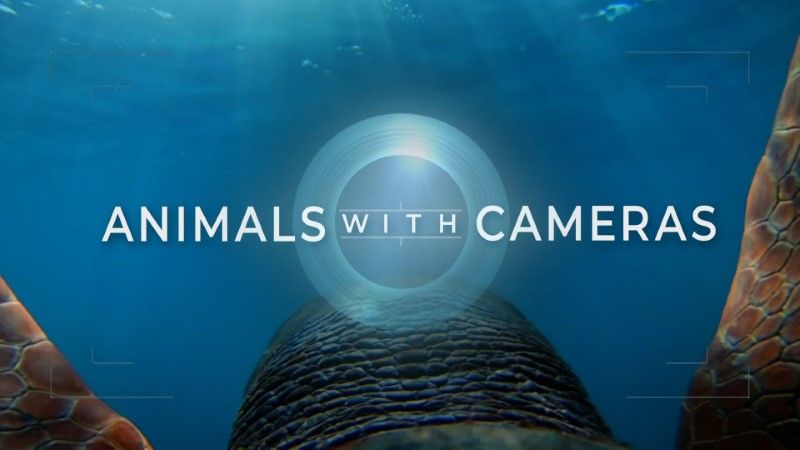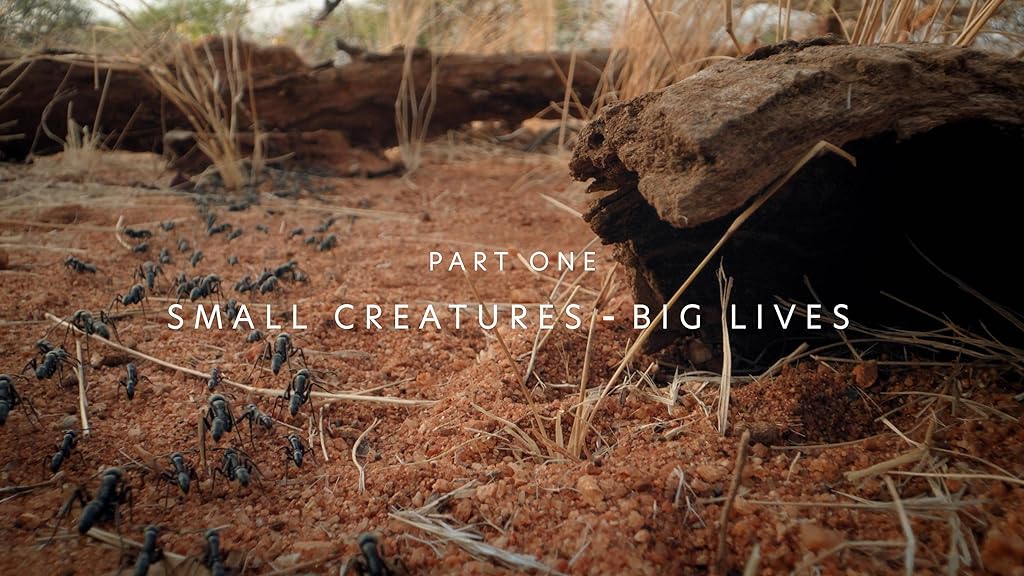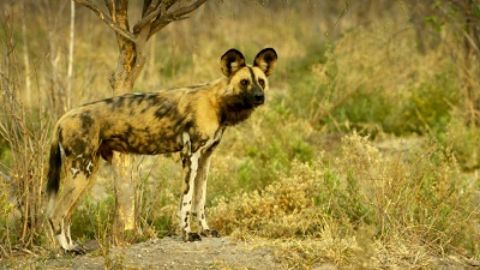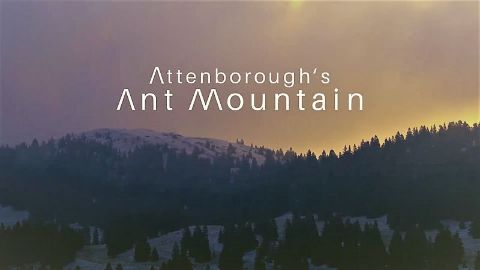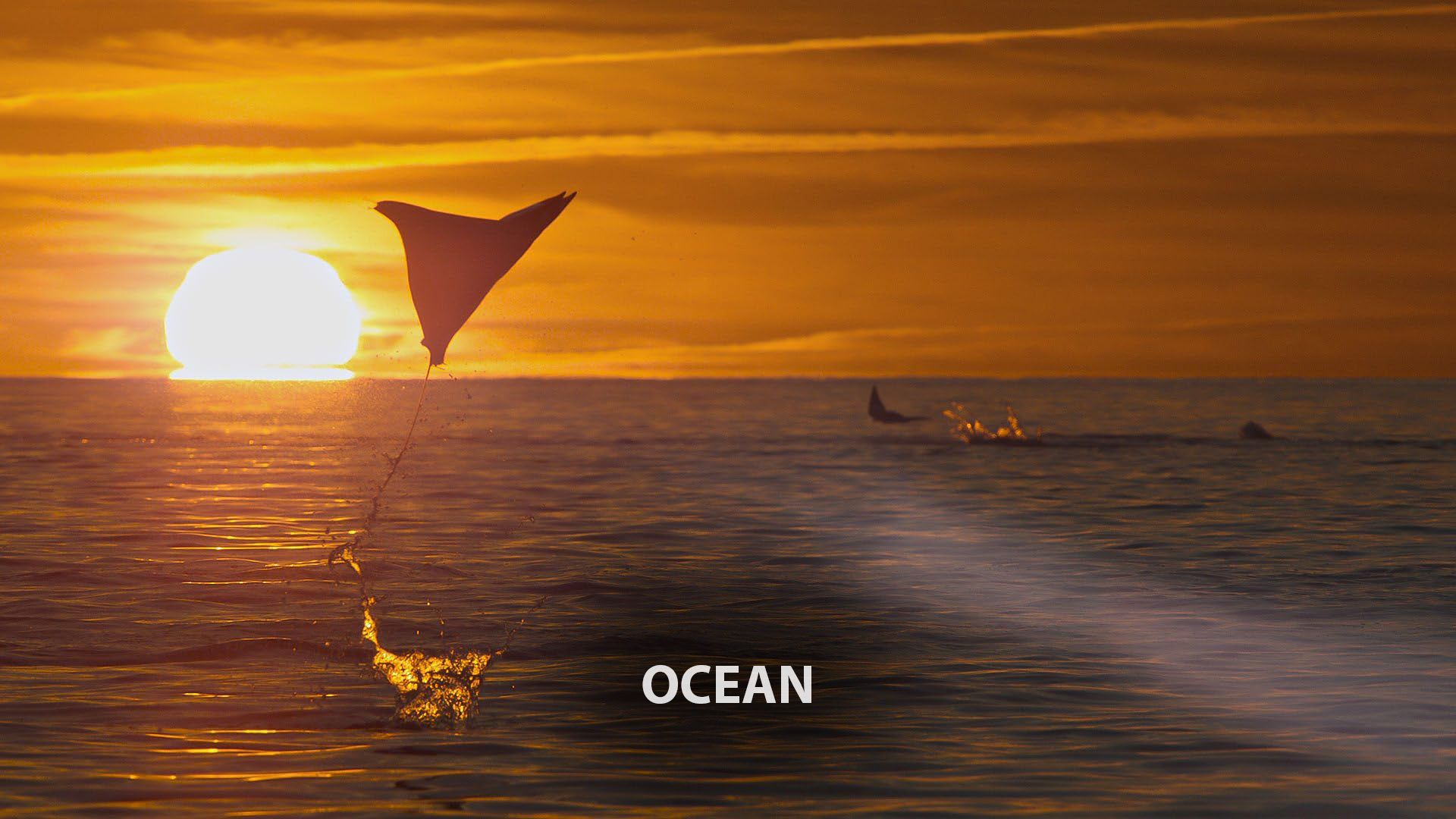Episode 1 Series 1 • 2018 • episode "S1E1" • Animals with Cameras
In the first episode, the team uncover the hidden lives of three iconic animals. In the Kalahari Desert the team put cameras on wild meerkats for the first time, allowing scientists to finally understand what these miniature mammals get up to underground. Heading to Cameroon, Gordon works with scientist Mimi Swift, who is desperate to understand whether Kimbang, a four-year-old orphan chimp, has the skills she needs to be able to join a chimp family living wild in the forest. Leaving Africa for Argentina, the team have penguins carry tiny cameras far out to sea on an epic journey of up to 300 kilometres (200 miles). For the first time, scientists are able to see the tactics these charismatic characters use to catch their prey.
Make a donation
Buy a brother a hot coffee? Or a cold beer?
Hope you're finding these documentaries fascinating and eye-opening. It's just me, working hard behind the scenes to bring you this enriching content.
Running and maintaining a website like this takes time and resources. That's why I'm reaching out to you. If you appreciate what I do and would like to support my efforts, would you consider "buying me a coffee"?
Donation addresses
BTC: bc1q8ldskxh4x9qnddhcrgcun8rtvddeldm2a07r2v
ETH: 0x5CCAAA1afc5c5D814129d99277dDb5A979672116
With your donation through , you can show your appreciation and help me keep this project going. Every contribution, no matter how small, makes a significant impact. It goes directly towards covering server costs.
